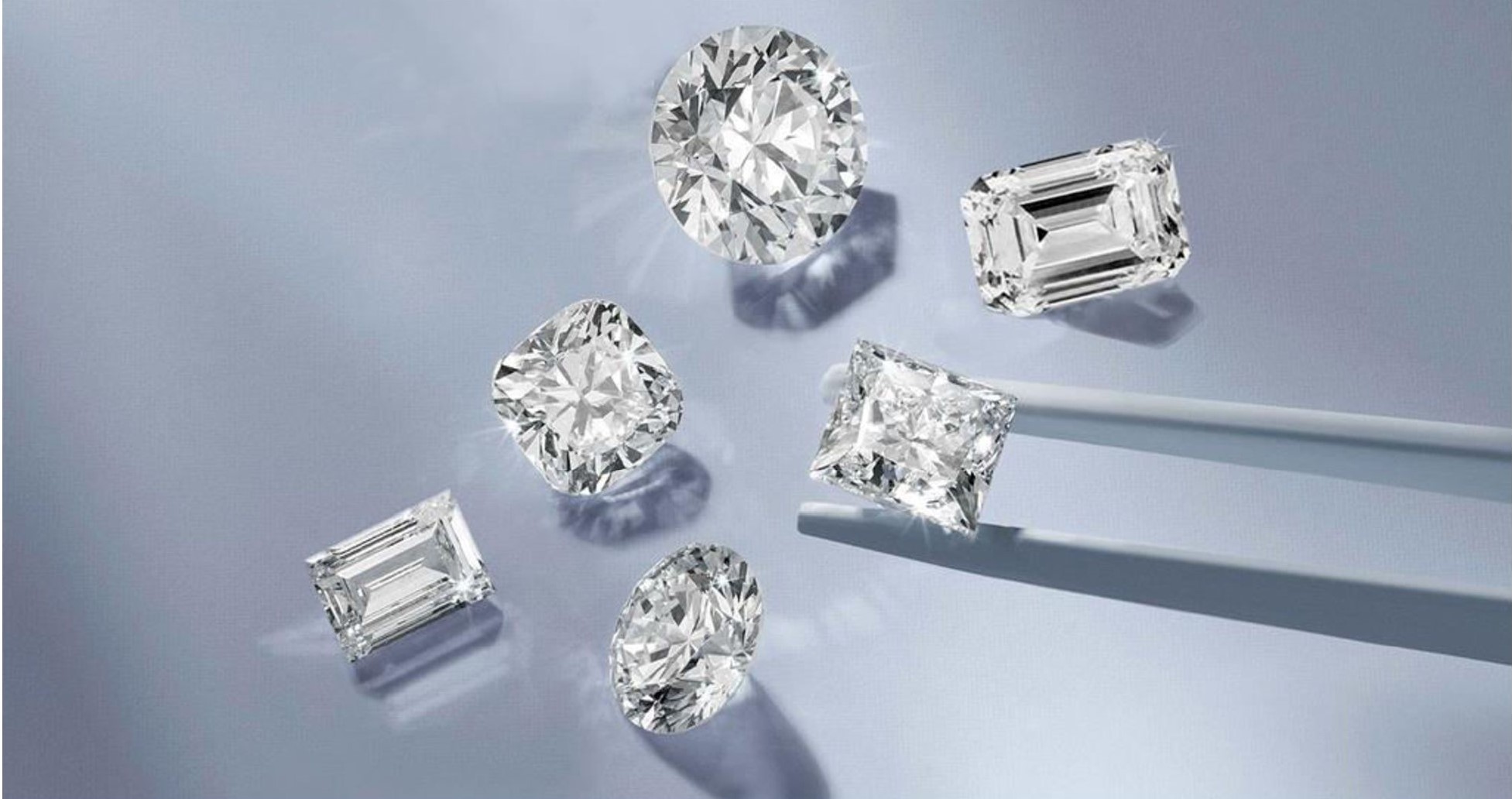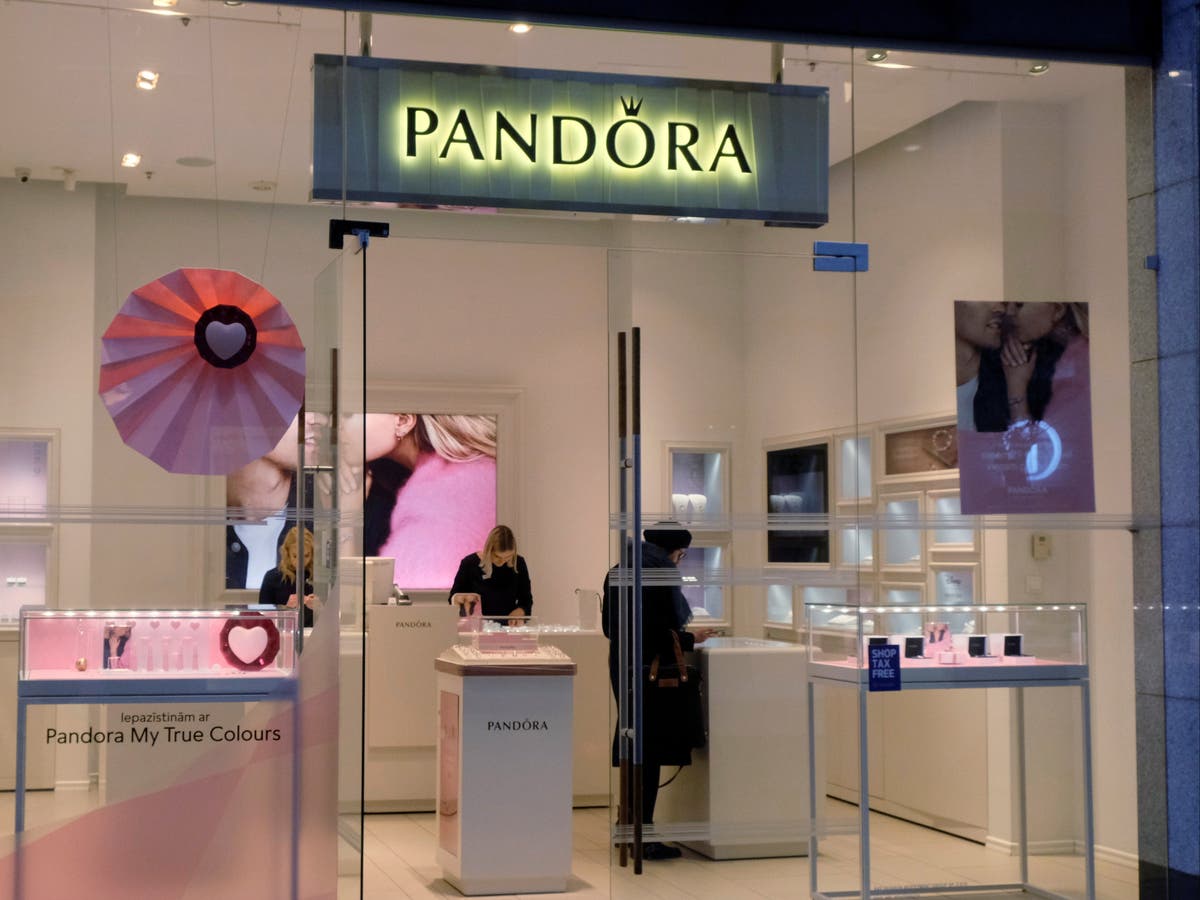
Can lab-grown diamonds replace the real thing?
CNNEditor’s Note: This story was produced as part of CNN Style’s The September Issues, a hub for facts, features and opinions about fashion, the climate crisis, and you. “Looking deeper into it and talking to many diamond traders we heard about identical diamonds made in a lab and saw it as our opportunity to bring transparency and ethics to an old-minded industry.” Digging Deeper Many people still associate diamond mining with the horrific environmental and labor practices surrounding conflict or “blood” diamonds. Emma Watson attends the 2018 Vanity Fair Oscar Party wearing lab-grown diamonds from Vrai & Oro Dia Dipasupil/Getty Images In 2019 De Beers, the world’s largest diamond miner, launched its version of an end-to-end traceability platform, which is intended to be adopted across the industry. “One of the biggest issues with the report is that it is hard, and inaccurate, to try to pile all lab-grown companies together and make blanket statements about their environmental impact,” says Martin Roscheisen, CEO of Diamond Foundry via email. “Also, what we’re doing isn’t an exact science so you can’t accurately compare any two points of data, such as perceived environmental impact.” Ana de Armas in The Natural Diamond Council's first celebrity campaign Natural Diamond Council Allison Rippin Armstrong is an environmental scientist who has worked in Botswana and in the Northwest Territories in Canada, where she acted as a compliance specialist when De Beers proposed mining the area.
History of this topic

The Complete Guide to Lab Grown Diamond Engagement Rings and More
Deccan Chronicle)
Why diamonds are losing currency, a hint from labs
Firstpost
Lab-grown diamonds to be marketed as synthetic diamonds: Official
Hindustan Times
Lab-grown diamonds: Goldiam leads the charge, Trent joins the race
Live Mint
How do Pandora’s lab-grown diamonds compare to the real deal?
The IndependentLab-grown diamonds come with sparkling price tags, but many have cloudy sustainability claims
Associated Press
India’s lab-grown diamonds: how they are faring
The Hindu
Explained | Budget 2023: What are laboratory-grown diamonds as announced by Finance Minister Nirmala Sitharaman
The HinduDiamonds have a unique 'fingerprint' that can reveal their origins and tell you if you've bought the real deal
ABC
Edwina Ings-Chambers investigates sustainable, ethical, economical diamonds grown in a lab
Daily Mail)
Why lab-grown diamonds are key to unlocking future for Indian jewellery industry
Firstpost
We tried Lily Arkwright’s lab-grown diamond ring to see how it compared to the real deal
The Independent
A booming market for artificial diamonds yet no match for the real thing
Business Standard
How lab-grown diamonds became every girl's best friend
Daily Mail_1620389107345_1620389117691.jpg)
For the love of diamonds
Hindustan Times
World’s No. 1 jewellery maker is ditching mined diamonds
Live MintDiscover Related















